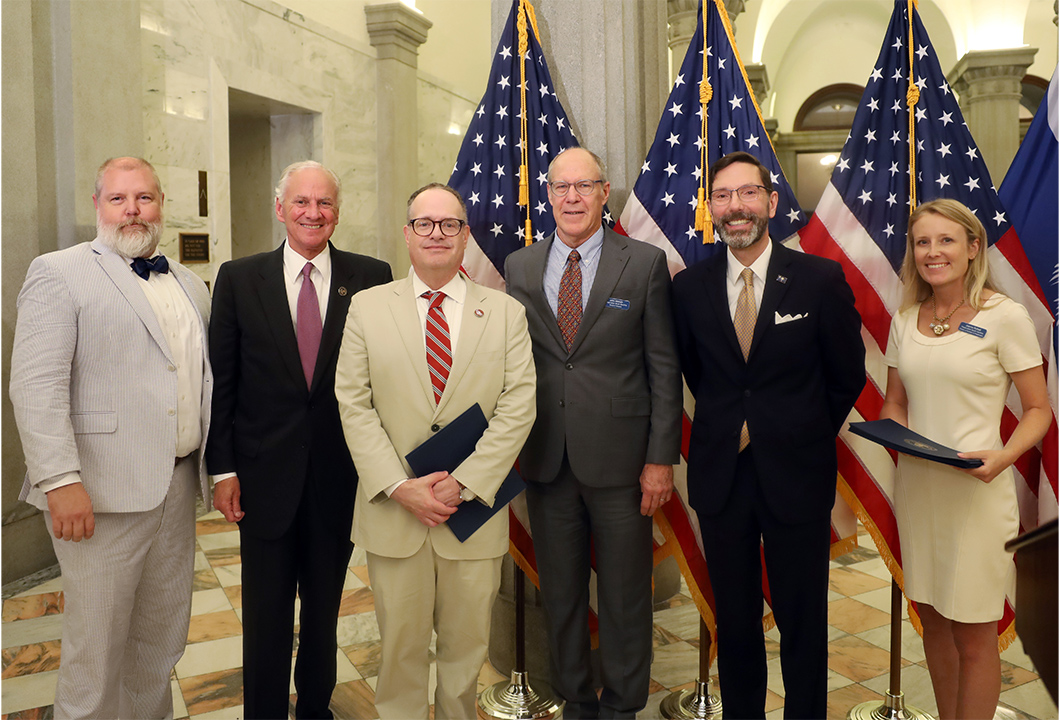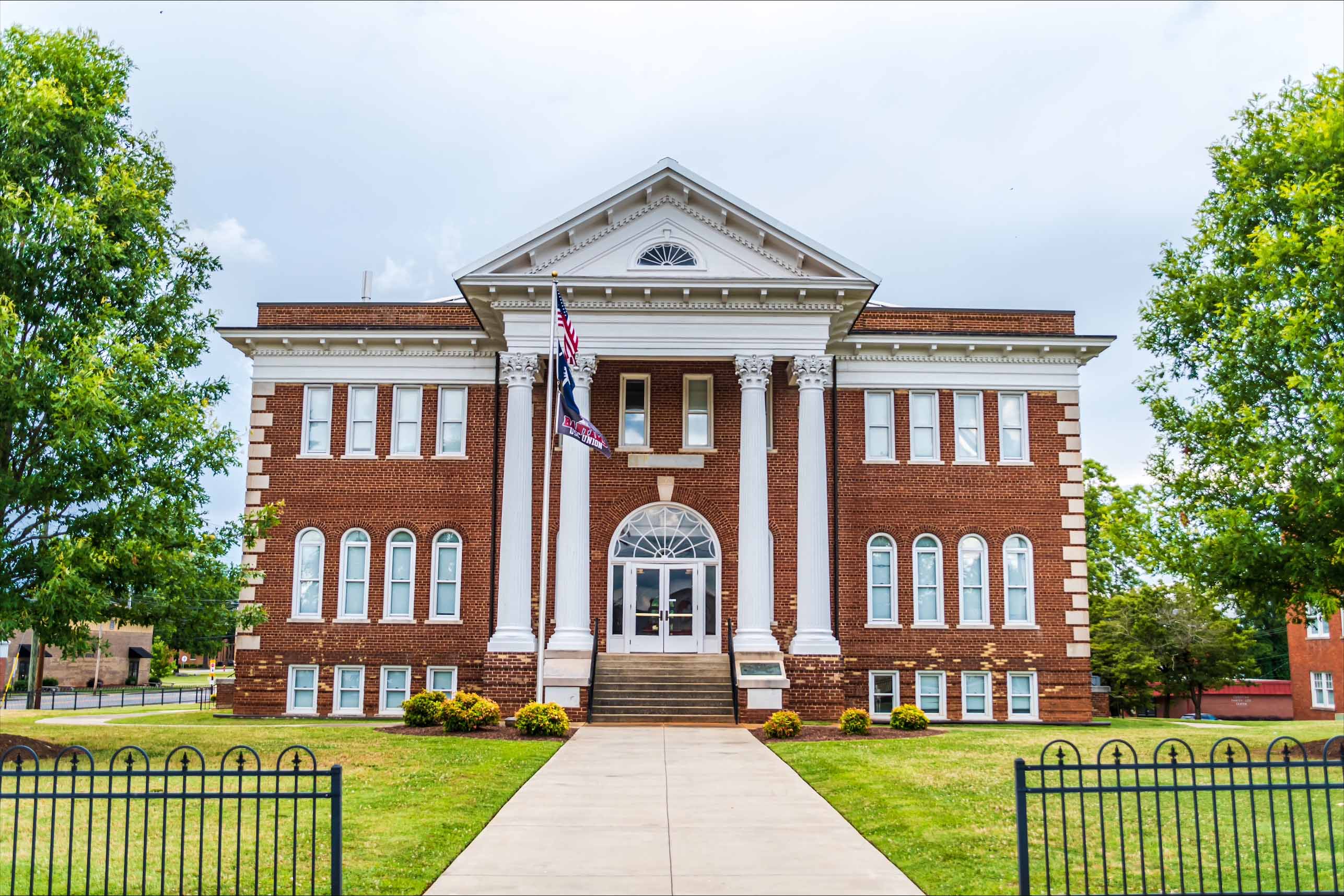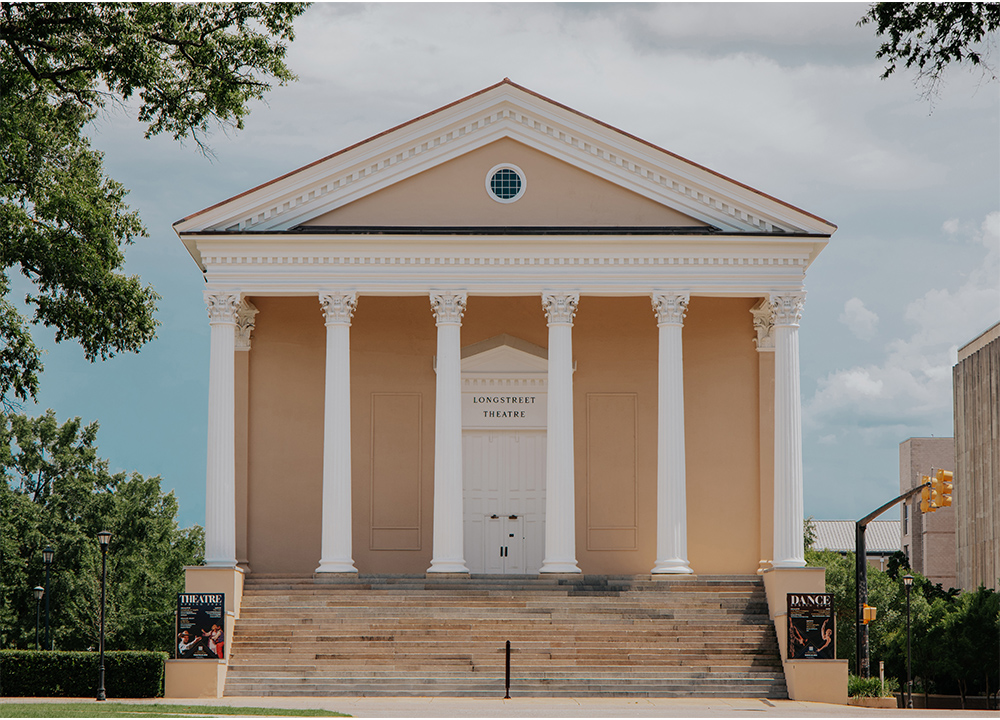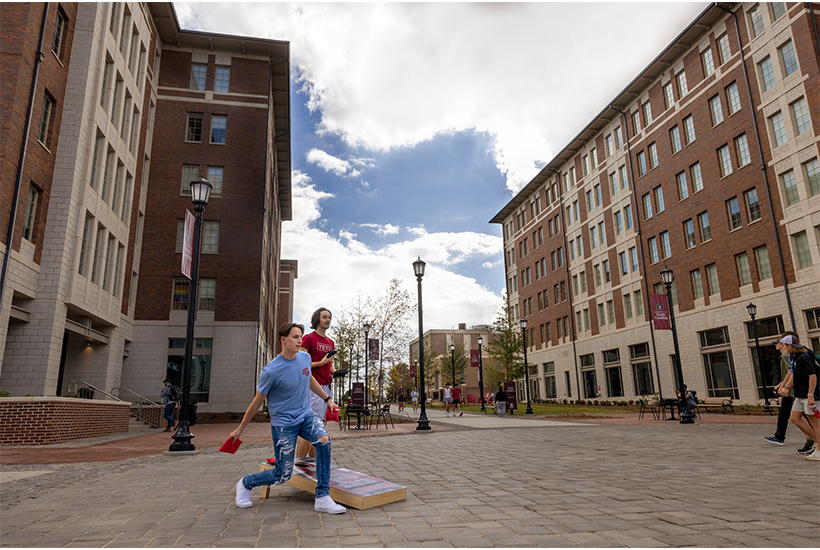
All of the University of South Carolina’s campuses boast a mix of the historic and the modern. The trick — for any organization — is figuring out how to honor the past while fulfilling today’s needs and planning for tomorrow.
USC seems to have found a strong approach. Recently, the university was honored by both the state of South Carolina and the Midlands nonprofit Historic Columbia for its historic preservation efforts.
Preserving the past
In June, USC Columbia and USC Union won state awards sponsored and presented by Preservation South Carolina, the S.C. Department of Archives and History and the Office of the Governor for their work in preserving, restoring and renovating buildings.
When the South Caroliniana Library opened in 1840, it was the nation’s first free-standing college library, and it remained the university’s main library until 1940. Since then, it has served as a repository dedicated to historic materials and collections related to South Carolina and its inhabitants.

Lead architect Jay White, Gov. Henry McMaster, University Libraries dean David Banush, Preservation South Carolina chairman John Hildreth, S.C. Department of Archives and History director, state historic preservation officer and state archivist W. Eric Emerson and Joanna Rothell, director of outreach and preservation for Preservation South Carolina, pose together after the award presentation.
As President Michael Amiridis said at the library’s grand reopening, “This unique library, sitting prominently at the front corner of our historic Horseshoe, has been described as the most distinguished of USC’s buildings. Its architectural beauty attracts the admiration of visitors to our campus.”
But it has needed extensive restoration and renovation for years: The library didn’t even have adequate protection against fire. The massive project, undertaken by Liollio Architecture in Charleston, cost more than $10 million, but the results are stunning. Great care was taken to preserve the building’s history while installing modern amenities like better temperature and humidity control, security cameras, and fire detection and suppression systems.
For the work, which Preservation South Carolina's chairman John Hildreth praised for its “sensitivity, exhaustive planning and attention to detail” during the award presentation, the university received a Preservation Honor Award from Gov. Henry McMaster and the S.C. Department of Archives and history.
“These awards affirm USC’s continued commitment to being responsible stewards to our historic architecture,” says Derek Gruner, university architect. “Our historic buildings are important to the university’s identity, and beyond merely providing space, they serve our academic mission by demonstrating our past and informing decisions about our future.”

USC Union’s Main Building, once home to Union High School, was one of three renovation projects that earned the campus a stewardship award.
USC Union was also recognized at the Preservation Awards event for its work on three buildings: the Whitener Central Building, the Main Building and the recently acquired Bell Street School in Clinton, which now serves as the USC Union Laurens Location.
Built in 1926, the Bell Street School became the first accredited Black high school in Laurens County about a decade later. It was eventually converted into a middle school and filled that role until 2015. After preservation and rehabilitation, USC Union’s new Laurens location officially opened in the building in 2023, and while part of the building is still used by the Clinton High School and Middle School SC Science Olympiad, it will eventually be held solely by USC Union.
Historic Columbia also honored the university’s Columbia campus with two awards: one for preservation, rehabilitation or restoration for Longstreet Theatre and one for revitalization for Campus Village.

Longstreet Theatre, long considered one of Columbia’s most iconic buildings, recently underwent extensive restoration.
Completed in 1855 and then known as College Hall, Longstreet Theatre is well known for its iconic, Greek Revival architecture. It has served as a Civil War military hospital, a Reconstruction-era arsenal and armory, science classrooms, a gymnasium and, since 1977, a theatre in the round. But Longstreet needed extensive rehabilitation, and Meadors Inc. out of Charleston used both historic records and modern methods like petrographic stucco analysis and cross-section paint microscopy to help determine the best ways to restore and renovate the historic structure — even removing as many as 24 layers of paint that had built up over the years.
Looking to the future
Campus Village, a new residential housing development on the south side of campus where Cliff Apartments used to be, proved to be the largest construction project in the history of the university.
“This project truly sets a new standard for collegiate residential communities that seek to strengthen the overall student experience,” Amiridis says.
The new construction comprises four state-of-the-art buildings that house 1,800 students as well as learning and academic support spaces, a 14,000-square-foot dining hall and retail shops. The $240 million development was begun in May 2019 and opened in fall 2023.
“Receiving a historic award for new construction was unexpected,” Gruner says, but it makes sense when the award is for revitalization. “The award is gratifying as it is evidence of the university’s commitment to design excellence and responsiveness to the physical context in which our new buildings reside.”
Together, these awards highlight the university’s ongoing efforts to honor the past while providing modern facilities that help attract and retain an ever-growing student population. It’s a never-ending cycle, but one that the university has embraced and excels at.

Students moved into Campus Village in fall 2023.